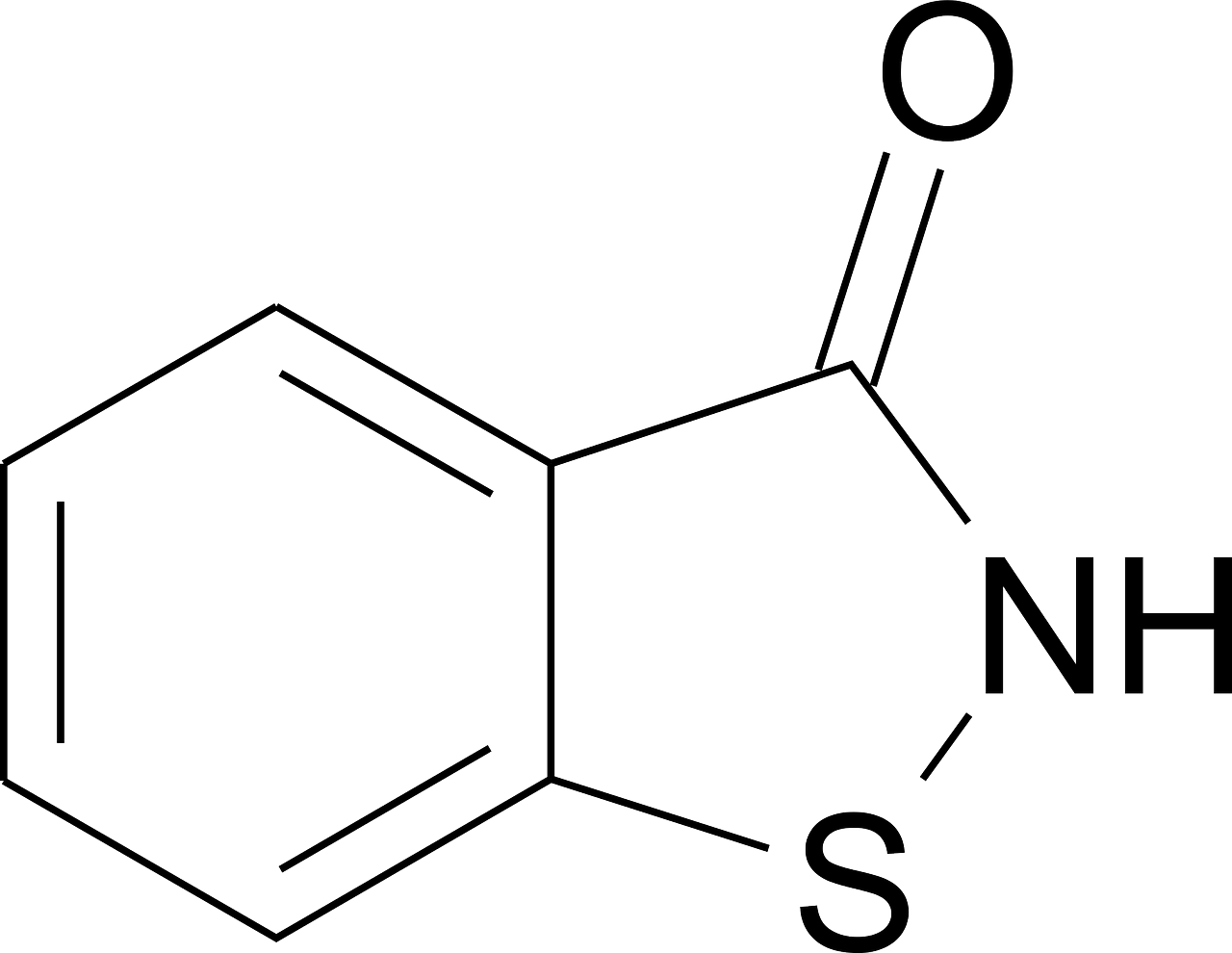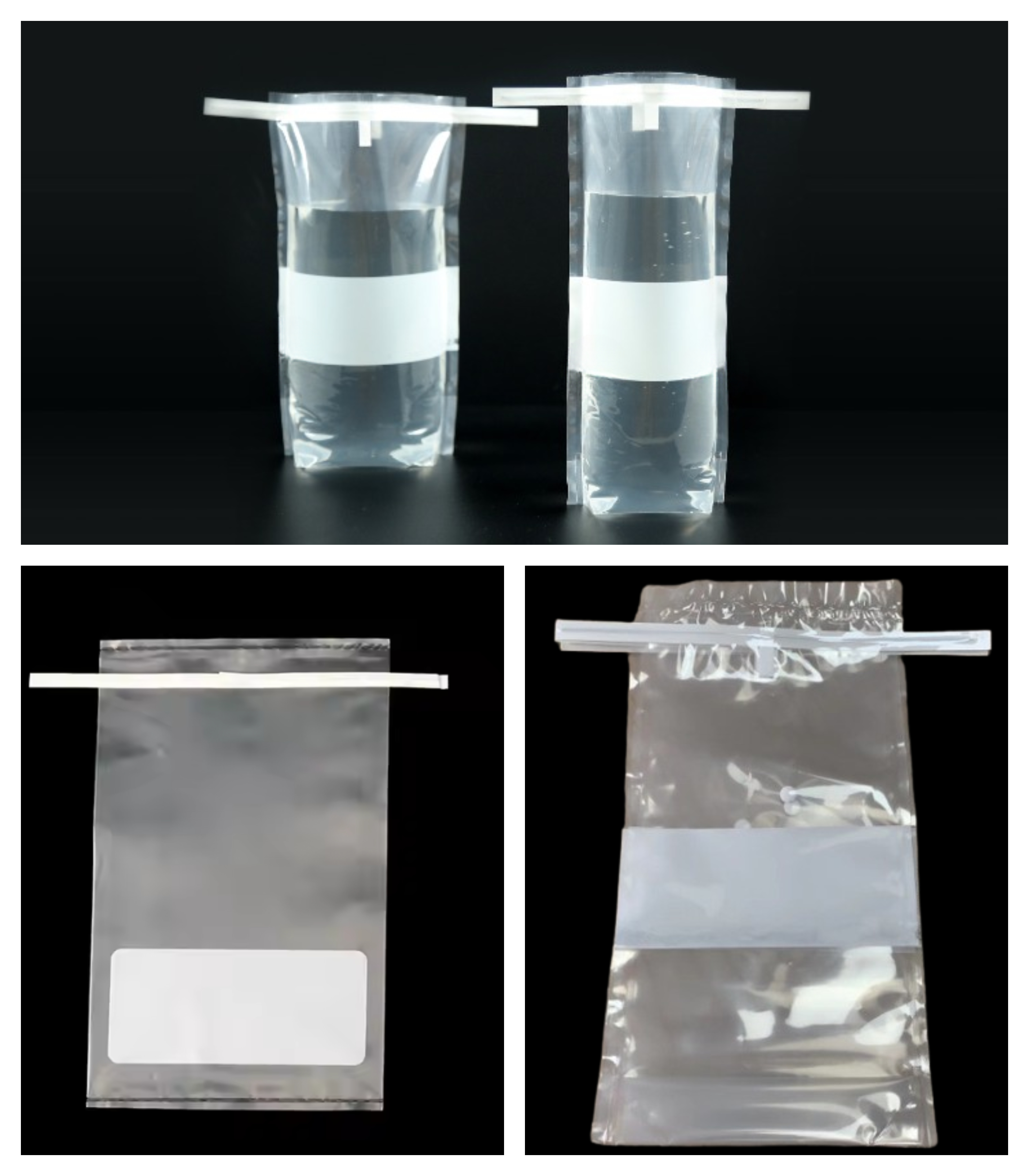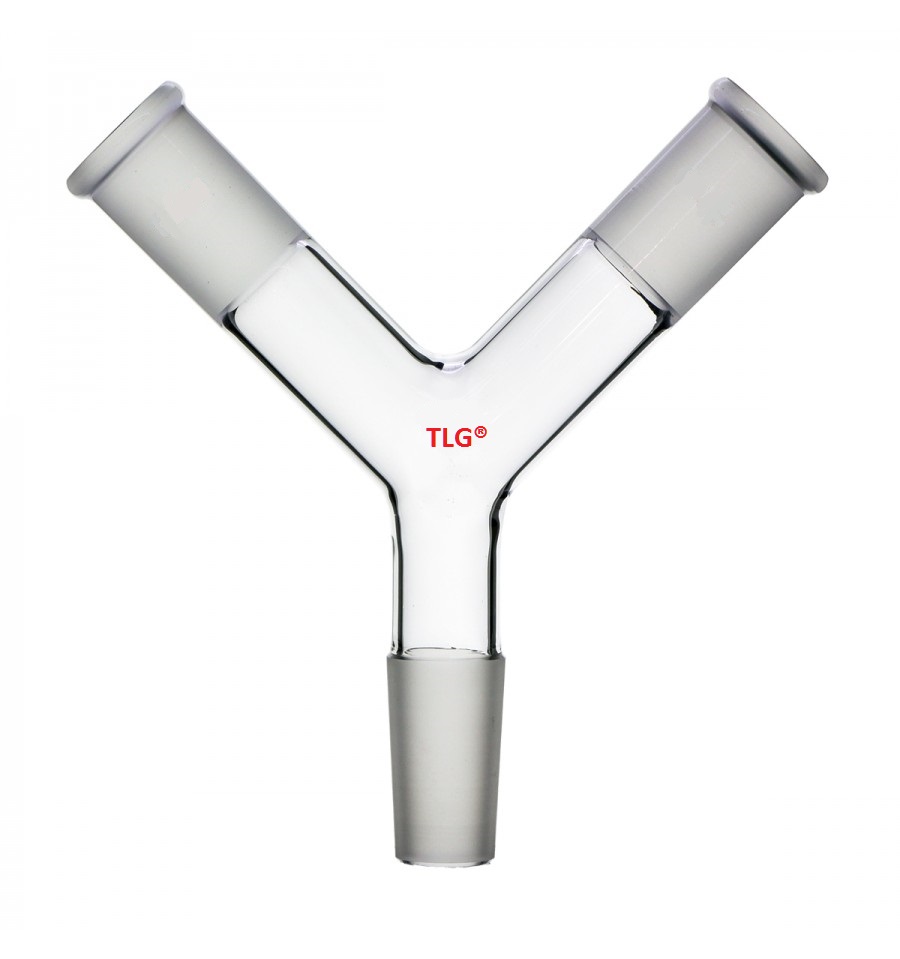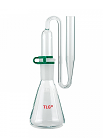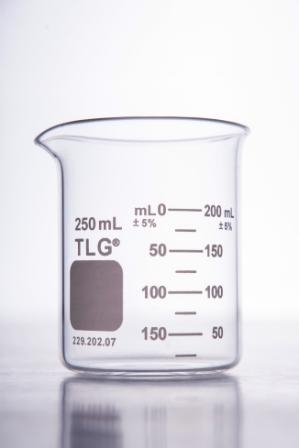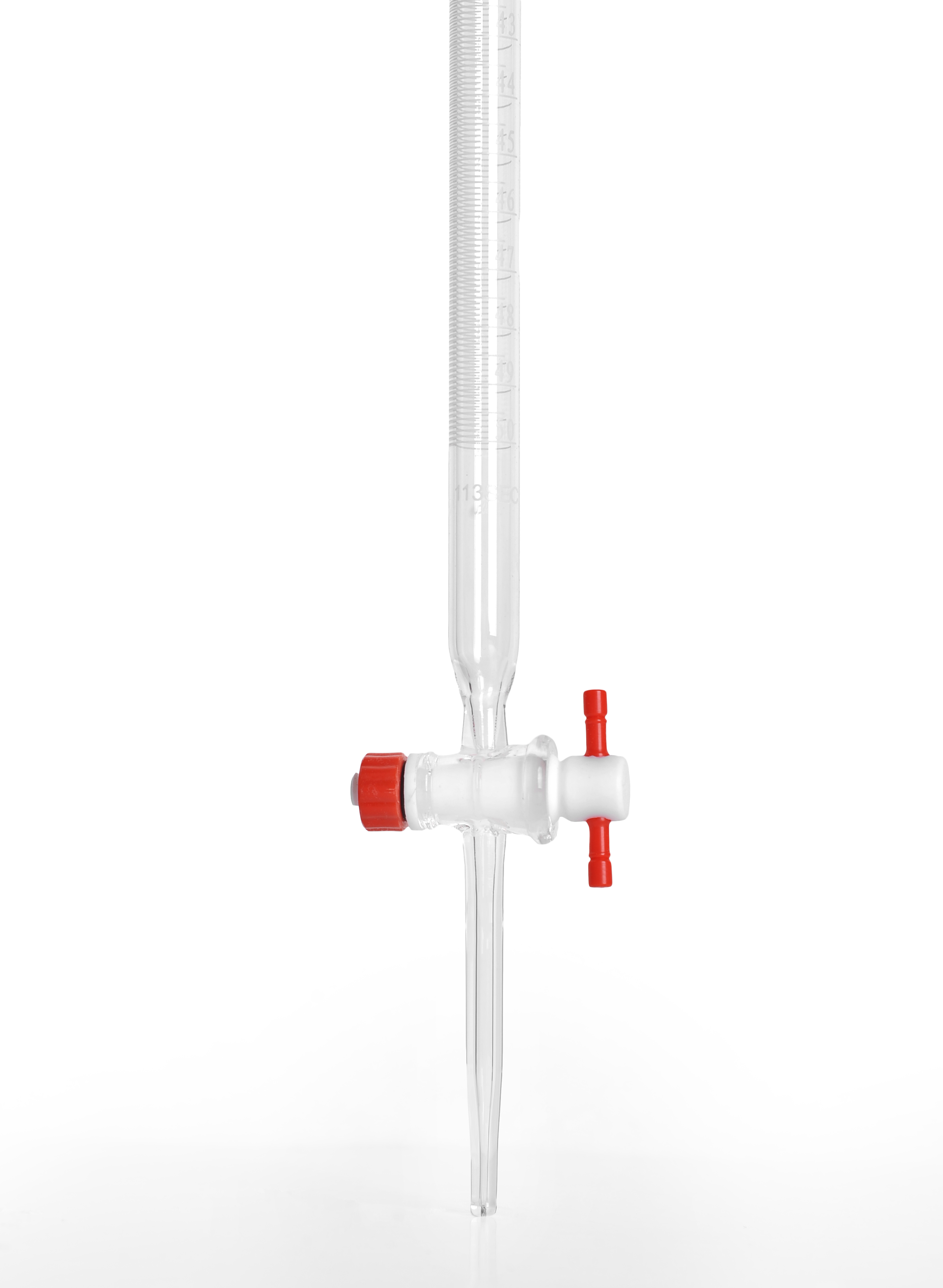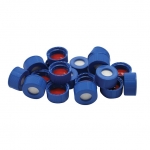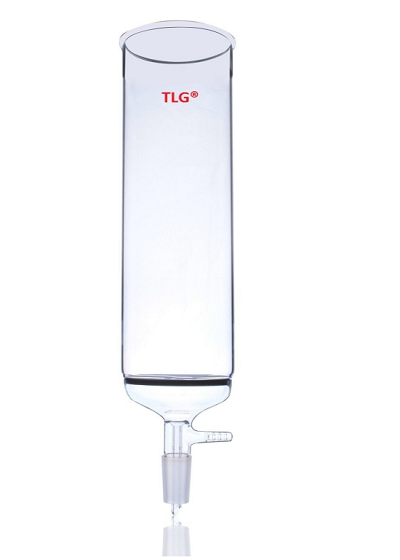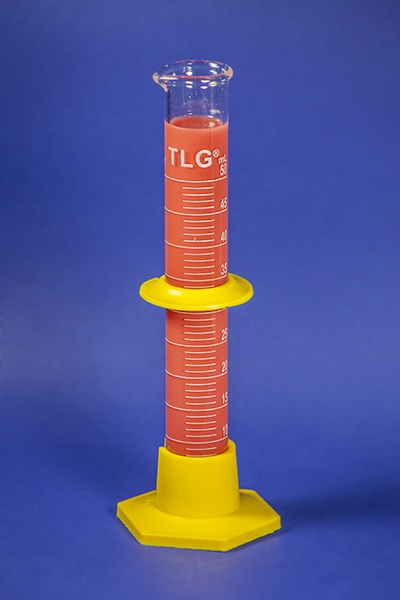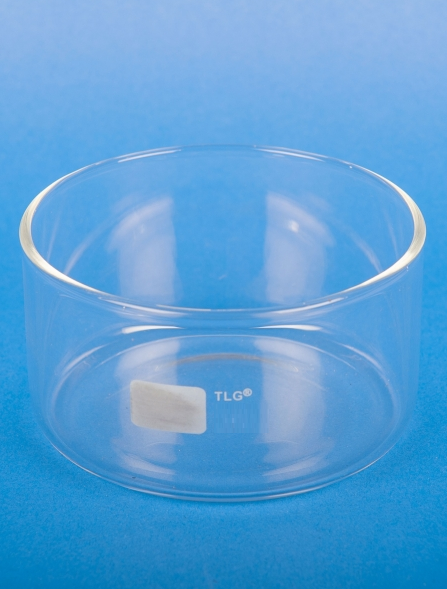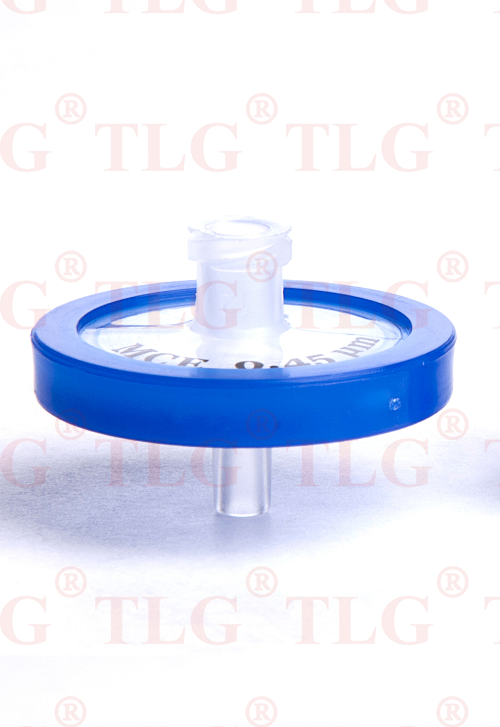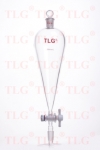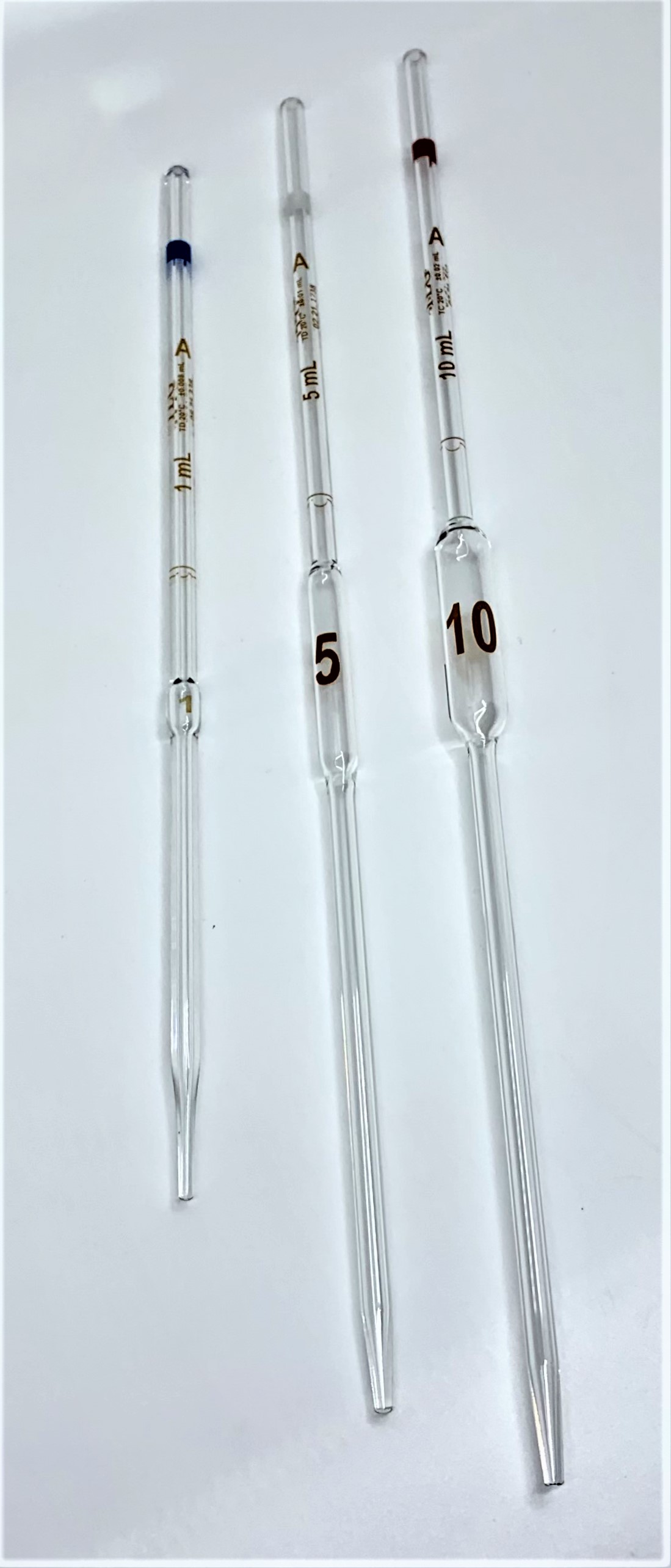Shop Products 
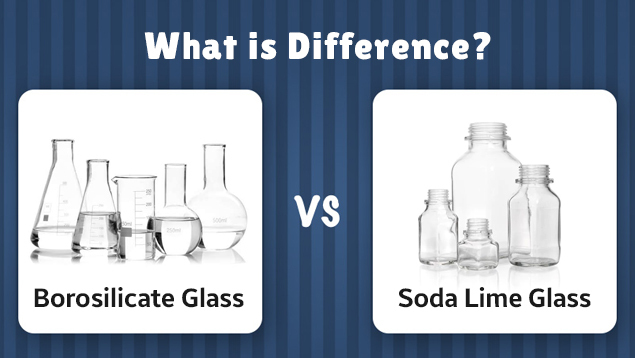
Borosilicate Glass vs Soda Lime Glass: Understanding the Differences
Glass is a ubiquitous material in the laboratory, and it plays a crucial role in many experiments and procedures. However, not all glass is created equal, and it's important to understand the differences between various types of glass, including borosilicate glass and soda lime glass. In this blog, we'll take a closer look at these two types of glass, and help you understand their unique properties and uses.
1. What is Borosilicate Glass?
Borosilicate glass is a type of glass made from a mixture of boron oxide, silica, and other ingredients. It is known for its high resistance to thermal shock, which makes it an ideal material for laboratory glassware that needs to be heated or cooled quickly. Borosilicate glass is also chemically resistant, which makes it ideal for use in experiments where corrosive chemicals are used.
2. What is Soda Lime Glass?
Soda lime glass is the most common type of glass used in the laboratory. It is made from a mixture of soda ash, limestone, and silica, and it is known for its low cost and high availability. Soda lime glass is a popular material for laboratory glassware, but it is not as durable as borosilicate glass, and it is more prone to thermal and chemical damage.
3. Differences Between Borosilicate Glass and Soda Lime Glass
While both borosilicate glass and soda lime glass are made from similar ingredients, there are several key differences between the two types of glass.
Temperature Resistance: Borosilicate glass has a higher resistance to thermal shock than soda lime glass, making it ideal for experiments that require heating and cooling.
Chemical Resistance: Borosilicate glass is more chemically resistant than soda lime glass, making it ideal for experiments that involve corrosive chemicals.
Durability: Borosilicate glass is more durable than soda lime glass, and it is less prone to thermal and chemical damage.
Cost: Soda lime glass is typically less expensive than borosilicate glass, making it a more cost-effective option for many laboratory experiments and procedures.
4. Conclusion
In or a cost-effective option, understanding the unique properties of borosilicate glass and soda lime glass can help you make an informed decision.






